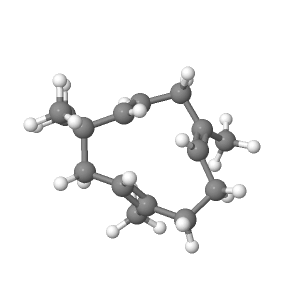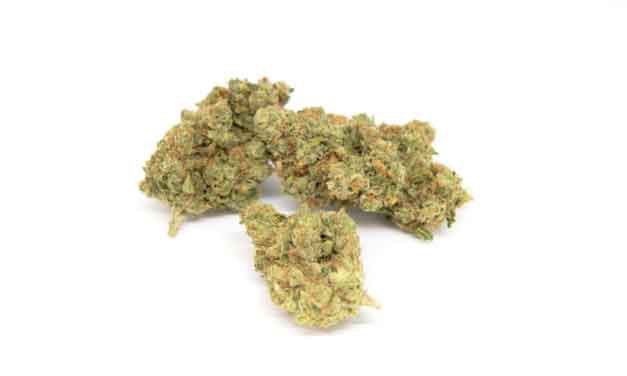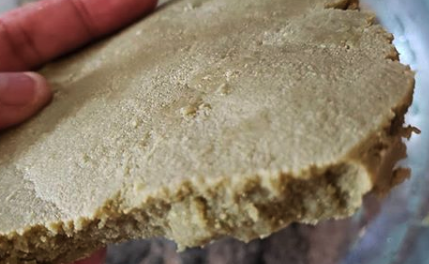Humulene, the hoppy, woody, and earthy terpene that helps give cannabis its signature scent
While cannabinoids like THC and CBD have long grabbed the headlines, terpenes – the flavor and aroma producing components of cannabis – are finally getting their time in the limelight. A new appreciation is growing for these volatile organic compounds, and in contrast to cannabinoids which lack comprehensive scientific study, terpenes have a long history of biological and chemical investigation.
What that means is terpenes have well known practical uses and proven medical effects, and in this series we’ll take a closer look at the most common terps found in cannabis and solventless rosin. Each time we’ll focus on a singular terpene, explore its characteristics and medical properties, and also suggest some strains and target temps for you to take advantage of.
So, let’s dive into the first edition of Terpenes 101, with the most important of them all: Humulene
Humulene
Humulene, Alpha-Humulene, or sometimes referred to as Alpha-Caryophyllene is the most common terpene found in cannabis. In fact, it’s one of the most common terpenes found in nature as a whole, and is therefore one of the most well understood.
First discovered in beer brewing hops (Humulus Lupulus) from where it derives its name, the terpene Humulene was found to be largely responsible for hops’ distinctive flavor and scent. Perhaps unsurprisingly, because both cannabis and hops are family members of the genus Cannabaceae, both of their similar signature aromas are mostly attributable to Humulene.

Medical Properties of Humulene
Humulene is also a fascinating terpene from a medical perspective. Not only does it have anti-bacterial and insecticidal properties like most terps, but it’s also a painkiller, an anti-inflammatory, an appetite suppressant, and a wound healer,too. In fact, synthetic humulene is already used in a number of antibacterial and antiviral drugs, as well as being a principal ingredient of many essential oils. What’s more, Humulene is currently under some intense scientific study thanks to its potential as an anti-cancer drug. There have been a number of promising rodent studies showing Humulene to have tumor shrinking abilities, although definitive human trials are yet to be held.
Humulene Chemistry
As with all volatile organic compounds, terpenes evaporate rapidly when exposed to the air, and especially so when subjected to warm temperatures. Humelene’s melting point is less than 77 degrees F, so cool storage and a sealed container are a must for long term preservation. Additionally, when looking to dial in vaping temps to target humulene’s flavonoids, aromatics, and medicinal properties, then you want to hit this terps boiling point which resides between 223 to 225 degrees F.
Humulene Strain Suggestions
As Humulene is a fundamental building block of all cannabis, any strain you pick will contain a healthy amount of it. However, if you’re looking for genetics that pack a little more Humulene punch, with those classic woody and earthy notes, then we’d suggest trying AK-47, Girl Scout Cookies, and also Jack Herer.
Join us for the next edition of terpenes 101 where we’ll look at Beta-Caryophyllene, the younger sibling of Humulene, and the second most important terpene found in cannabis.







Trackbacks/Pingbacks